





Hikashop to Plentymarkets
Migrating your store from Hikashop to Plentymarkets might seem daunting, but with proper planning and the right tools, it's a smooth process. Follow this step-by-step guide to ensure a successful transition.
Schedule a call
Step-by-Step Migration Guide: HikaShop to PlentyMarkets Migration Guide
Step 1: Preparation and Planning
In this step, we focus on thorough preparation and strategic planning for your migration from HikaShop to PlentyMarkets. This includes assessing your current data, defining migration goals, and ensuring that all critical aspects are covered for a successful transition.
Step 2: Data Backup and Export
This step involves executing a secure backup of your HikaShop data and preparing it for export. We guide you through the process of exporting essential data formats that will be imported into PlentyMarkets.
Step 3: Setting Up PlentyMarkets
In this step, we focus on establishing your new PlentyMarkets store environment. This includes configuring the platform settings and preparing it to receive data from your HikaShop store.
Step 4: Data Import to PlentyMarkets
During this phase, we focus on importing the previously exported data from HikaShop into your new PlentyMarkets store. We guide you through the import process and highlight key considerations.
Step 5: Testing and Quality Assurance
In this step, we conduct extensive testing and quality assurance to ensure that all data has been migrated correctly. We identify any issues and make necessary adjustments.
Step 6: Final Adjustments and Configuration
After testing, we focus on making any necessary final adjustments to your PlentyMarkets store. This includes optimizing settings and ensuring everything is in order for a successful launch.
Step 7: Launch and Post-Migration Support
The final step involves launching your new PlentyMarkets store and ensuring you have a support plan in place for post-migration inquiries and issues.
Power Your Step - Get in Touch
Ready to start your migration journey? Contact PowerCommerce today for expert support in transitioning from HikaShop to PlentyMarkets.
Step 1: Preparation and Planning
The initial phase of migrating from HikaShop to PlentyMarkets revolves around preparation and planning. This phase is crucial as it sets the foundation for a seamless migration process. We start by conducting a comprehensive assessment of the data and configurations in your HikaShop store. This analysis helps us understand the volume and types of data that need to be migrated, including products, customers, orders, and any associated assets.
Next, we define clear migration goals. This involves identifying what aspects of your HikaShop store are essential for your new PlentyMarkets setup. By establishing these objectives, we can prioritize data transfer and ensure that all necessary configurations are made in the new environment. We also recommend creating a detailed inventory list of your products, customer accounts, and any other custom data that may need special handling during the migration.
- Assess Current Data: Review the types of data that need to be transferred, such as products, categories, orders, and customer information.
- Identify Migration Goals: Define what you want to achieve with the migration, including improved performance and scalability.
- Inventory List: Create a comprehensive list of all items to migrate, ensuring nothing is overlooked.
- Determine Custom Data Needs: Identify any custom fields or data structures that require special attention during the migration.
Finally, it is advisable to conduct a backup of your existing HikaShop store. This precautionary step ensures that you have a complete copy of your data in case any issues arise during the migration process. Using tools such as Joomla’s backup extensions can facilitate this task.
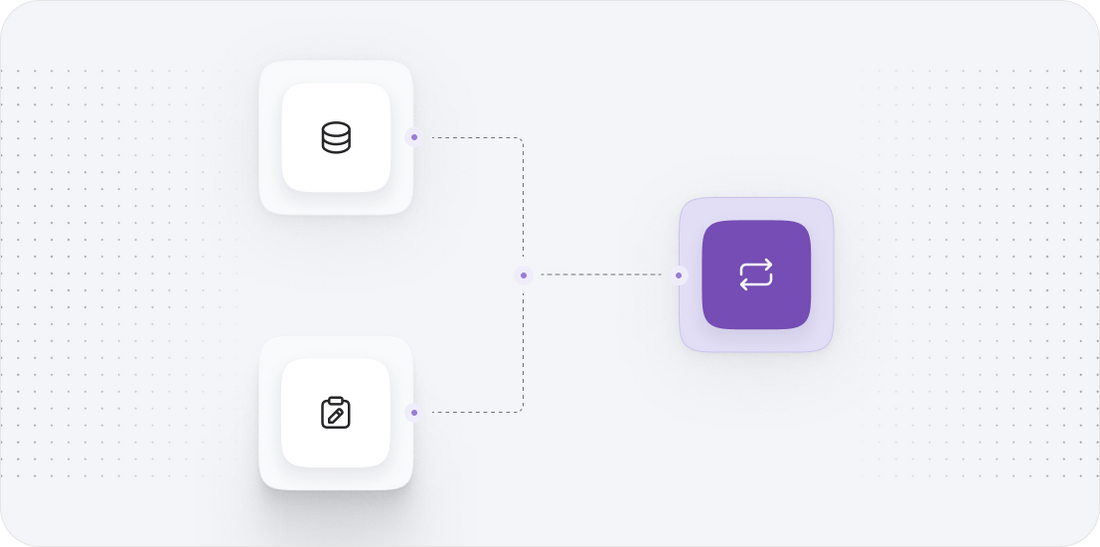
Step 2: Data Backup and Export
Securing a thorough backup of your HikaShop data is a critical step before initiating any migration. This process not only safeguards your data but also allows you to export it in formats that are compatible with PlentyMarkets. We recommend using Joomla's built-in backup features or third-party extensions for a comprehensive data backup.
Once the backup is secure, we proceed with exporting the necessary data. This will typically include:
- Products: Export all product details, including names, descriptions, prices, images, and stock levels.
- Customers: Gather customer information, such as names, emails, and order history.
- Orders: Export past orders to maintain customer transaction history.
- Categories: Ensure that product categories are exported to maintain organizational structure.
To perform the export, you can utilize HikaShop’s native export tools, which allow you to save data in CSV format. This format is widely accepted and compatible with PlentyMarkets, making the subsequent import process smoother.
After exporting your data, we recommend validating the exported files to ensure that all necessary information has been captured correctly. Open the CSV files in a spreadsheet application to check for completeness and accuracy.
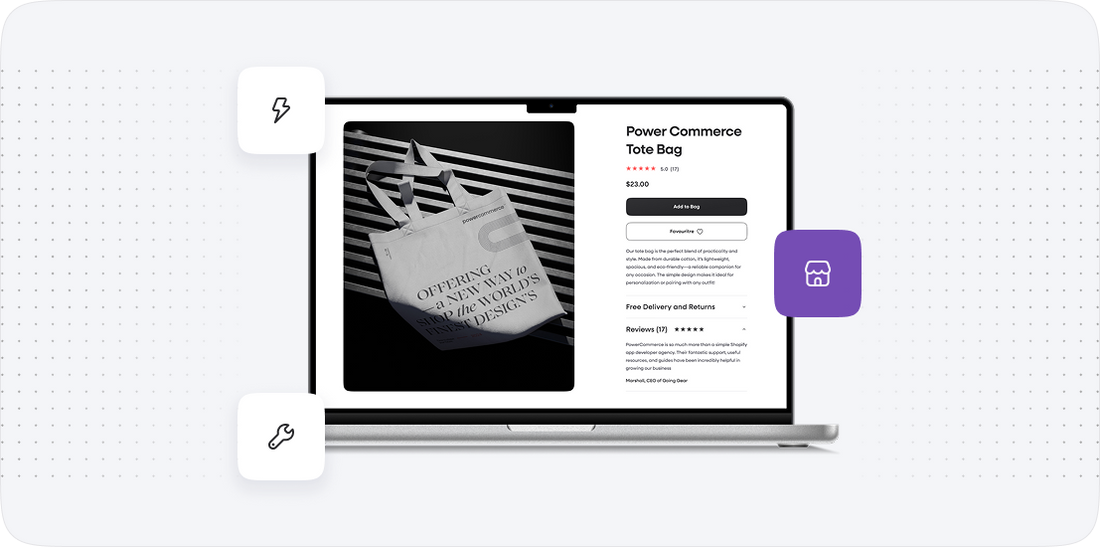
Step 3: Setting Up PlentyMarkets
Setting up your PlentyMarkets environment is a crucial step in the migration process. It involves configuring your new store for optimal performance and ensuring it is ready to accept the data exported from HikaShop. We begin by creating your PlentyMarkets account and accessing the backend interface.
Next, we configure essential settings such as:
- Store Information: Input your store name, logo, and contact details to provide a cohesive brand identity.
- Payment and Shipping Methods: Set up payment gateways (like PayPal, Stripe) and define shipping options to align with your business model.
- Tax Settings: Configure tax rates based on your business location and target markets to ensure compliance.
It is also essential to review the template and design options available in PlentyMarkets. This allows you to customize your storefront's look and feel, ensuring it aligns with your brand identity. PlentyMarkets offers various themes and design tools to help with this.
Once the initial configurations are complete, we recommend running through a few tests to ensure that all functionalities are working as expected. This includes testing payment methods, shipping options, and any customized settings you’ve implemented.
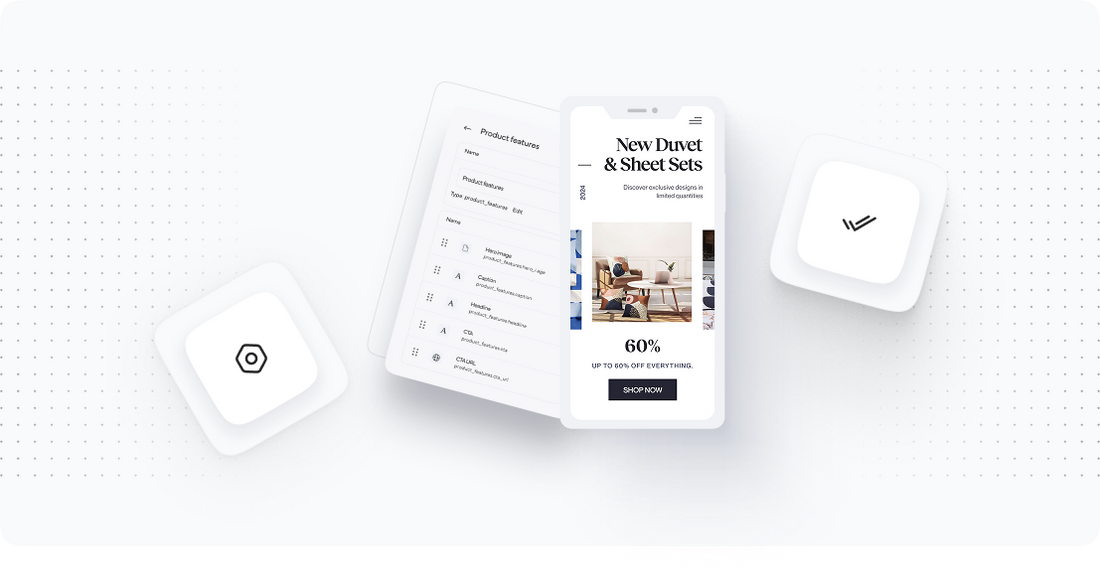
Step 4: Data Import to PlentyMarkets
With your PlentyMarkets store configured and ready, the next step involves importing the data previously exported from HikaShop. PlentyMarkets provides an intuitive import feature that supports CSV file formats, making this process straightforward. We begin by accessing the import tool within the PlentyMarkets dashboard.
Before starting the import, we recommend reviewing the structure of your CSV files to ensure they align with PlentyMarkets' data requirements. This includes verifying column headers and data formats. Once confirmed, we can proceed with the import process.
- Select the Import Option: Navigate to the import section in PlentyMarkets and select the appropriate data type (Products, Customers, Orders).
- Upload CSV Files: Upload the CSV files you exported from HikaShop for each data category.
- Mapping Fields: During the import, you'll be prompted to map the fields from your CSV files to the corresponding fields in PlentyMarkets. Ensure that all necessary fields are correctly matched to avoid data discrepancies.
- Initiate Import: Begin the import process and monitor for any errors or warnings that may arise. PlentyMarkets will provide feedback throughout the import to ensure you can address any issues promptly.
After completing the import, it is crucial to conduct thorough checks on the imported data to ensure accuracy. Review product listings, customer accounts, and order histories to confirm that everything has transferred correctly.
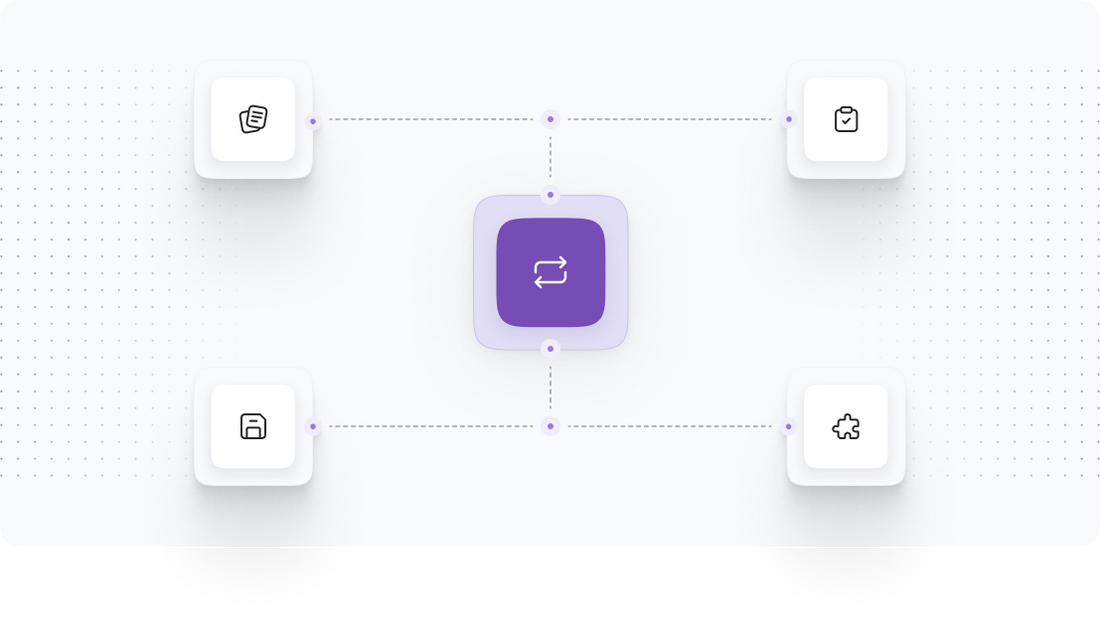
Step 5: Testing and Quality Assurance
Once the data import into PlentyMarkets is complete, we move on to the critical phase of testing and quality assurance. This step is vital to ensure that all data has been accurately migrated and that the new store functions as intended. We begin by reviewing the imported data in detail.
Key areas to focus on during testing include:
- Product Listings: Check that all products are listed correctly with accurate descriptions, images, and prices.
- Customer Accounts: Validate that customer accounts have been created with correct information, including billing and shipping addresses.
- Order History: Review the order history to confirm that all past transactions are reflected accurately.
- Functional Testing: Test key functionalities such as payment processing, shipping calculations, and tax calculations to ensure they work seamlessly.
In addition to manual checks, we recommend utilizing automated testing tools available within PlentyMarkets to facilitate the process. These tools can help identify any discrepancies or errors that may not be immediately visible.
Should any issues arise during testing, we will document them for resolution. This might involve re-importing specific data sets or adjusting settings within PlentyMarkets to align with your business requirements.
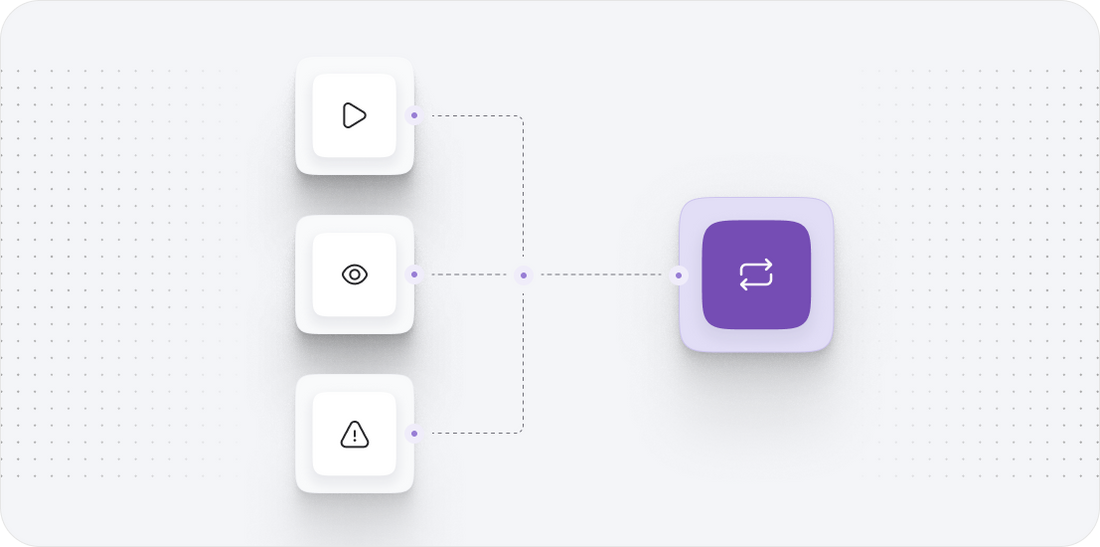
Step 6: Final Adjustments and Configuration
Following thorough testing and quality assurance, we enter the stage of final adjustments and configurations to ensure that your PlentyMarkets store is fully optimized for launch. This phase is crucial as it addresses any outstanding issues and fine-tunes the store for optimal performance.
We begin by reviewing all settings and configurations within PlentyMarkets. Key areas to focus on include:
- SEO Settings: Optimize SEO settings to enhance visibility in search engines. This includes setting up URL structures, meta descriptions, and alt tags for images.
- Analytics Integration: Ensure that analytics tools are integrated to track performance metrics effectively. This might involve connecting Google Analytics or other tracking software.
- Marketing Tools: Set up marketing tools and integrations such as email marketing platforms, social media connections, and retargeting strategies.
- Customer Support Tools: Implement customer support features, including live chat options and helpdesk integrations, to enhance customer service.
Once all adjustments are made, we recommend running through a final checklist to ensure nothing is overlooked. This includes validating payment methods, reviewing shipping options, and ensuring that customer notifications are set up correctly.
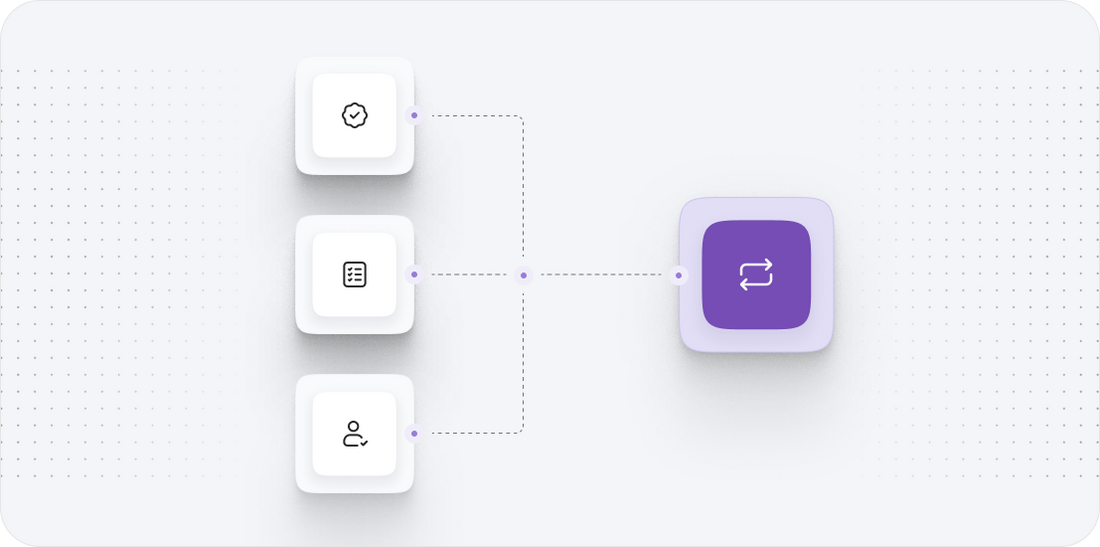
Step 7: Launch and Post-Migration Support
With all preparations complete and final adjustments made, we are ready to launch your new PlentyMarkets store. This is an exciting milestone, but it is equally important to ensure you have a robust support plan in place for the post-migration period. We begin by setting a launch date and communicating this to your team to ensure everyone is prepared.
On launch day, we recommend closely monitoring the store for any immediate issues or inquiries from customers. Key areas to watch include:
- Website Performance: Monitor site speed and responsiveness to ensure optimal customer experience.
- Customer Feedback: Be prepared to address any customer inquiries or issues that may arise during their initial experience with the new store.
- Analytics Monitoring: Keep an eye on analytics data to gauge customer behavior and sales performance post-launch.
Additionally, we encourage establishing a post-migration support plan to address any ongoing issues. This can involve dedicated support channels, ongoing training for your team, and regular performance reviews to identify areas for improvement.
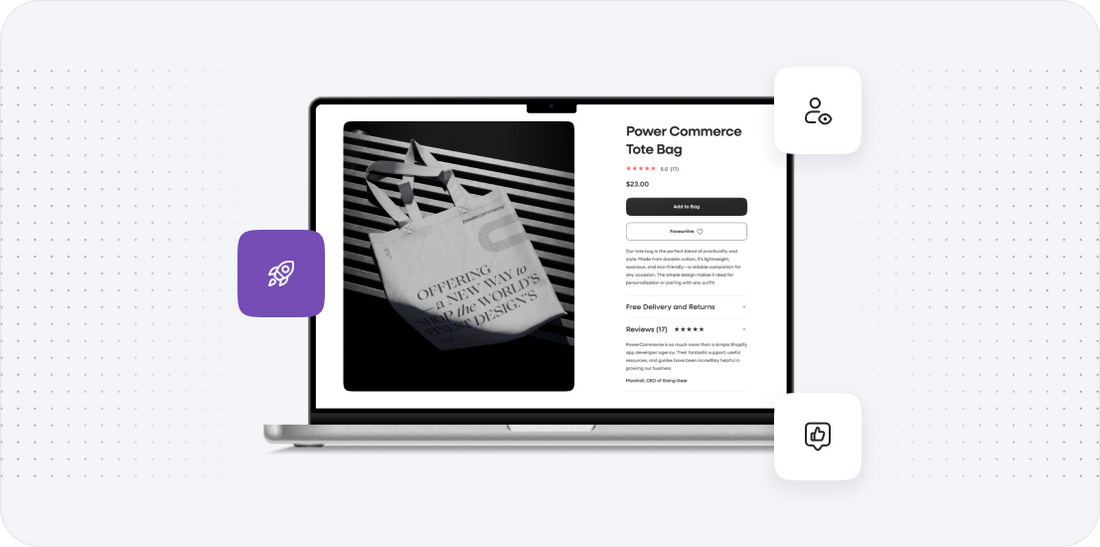
Power Your Step - Get in Touch
Are you ready to take your eCommerce business to the next level? At PowerCommerce, we specialize in seamless migrations from HikaShop to PlentyMarkets, ensuring a smooth transition with minimal downtime. Our team of experts is here to provide personalized support and guidance throughout the entire process, from planning and data migration to post-launch optimization.
Contact us today! Don’t hesitate to reach out for a risk-free consultation and discover how our innovative solutions can help you scale your business effectively. Here’s how you can get in touch:
- Visit our contact form at PowerCommerce Contact Page.
- Call us directly at 800-099-9090 for immediate assistance.
- Email us at info@powercommerce.com with any inquiries or to schedule a consultation.
We are committed to innovation, scalability, and customer-centric solutions that drive results. Let’s work together to optimize your eCommerce platform today!
Stay aligned on what's happening in the commerce world
Trusted by 1000+ innovative companies worldwide
Schedule Your Migration Today
For businesses prioritizing simplicity, scalability, and robust support, Shopify is the clear winner.
Looking to migrate without hassle? Power Commerce can handle the entire process, ensuring smooth data transfer, store setup, and post-launch success.
Marka Marulića 2, Sarajevo, 71000 BiH
00387 60 345 5801
info@powercommerce.com


